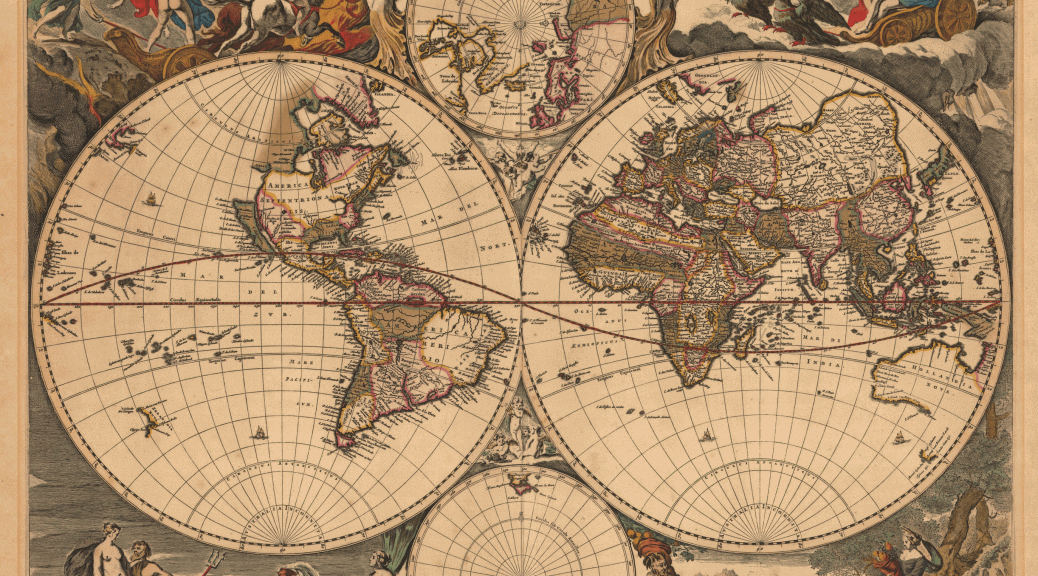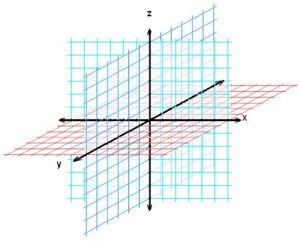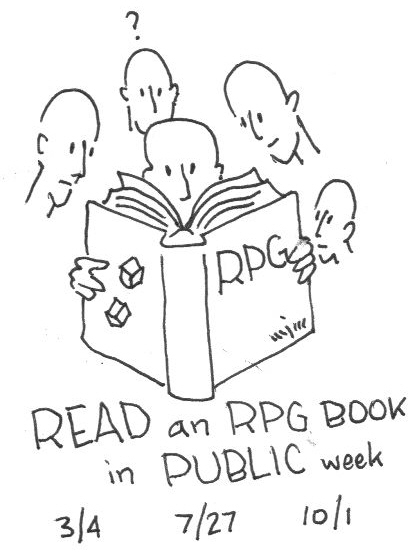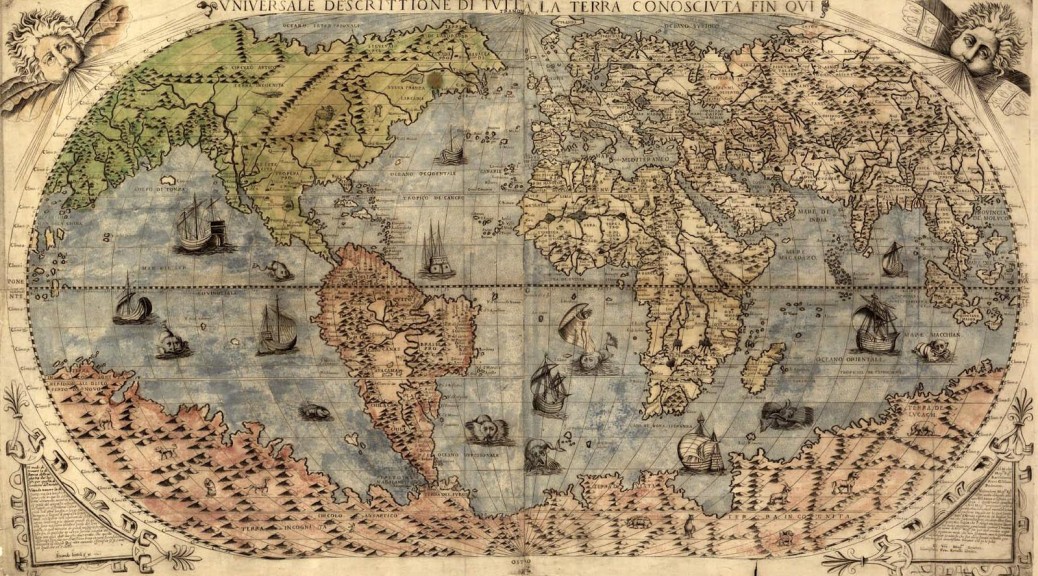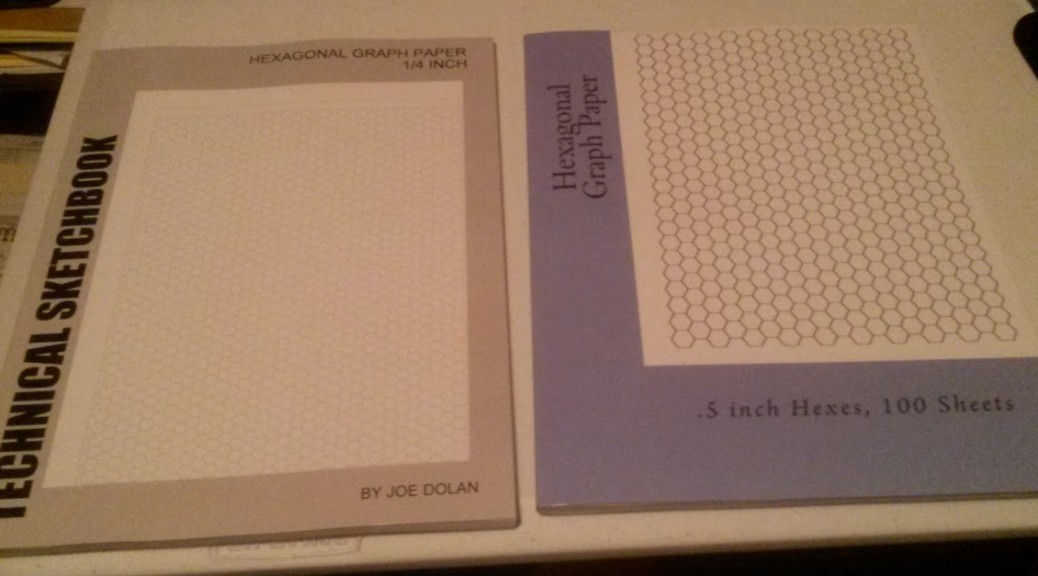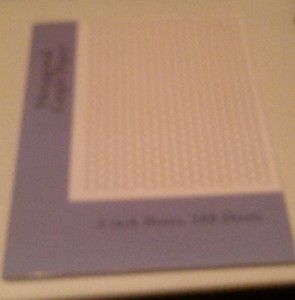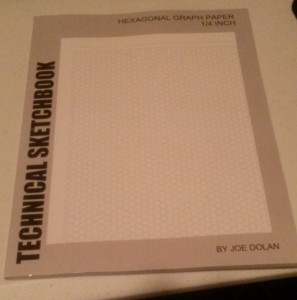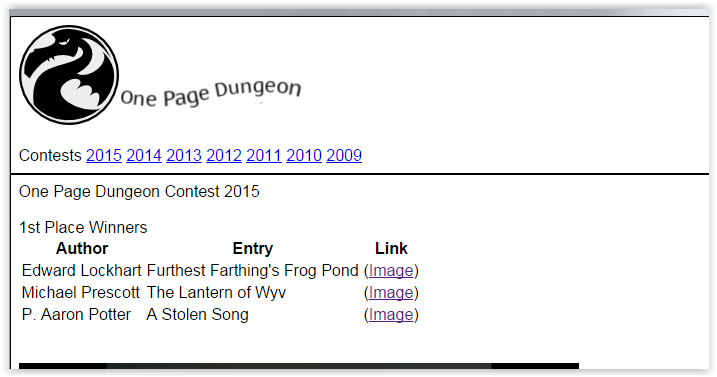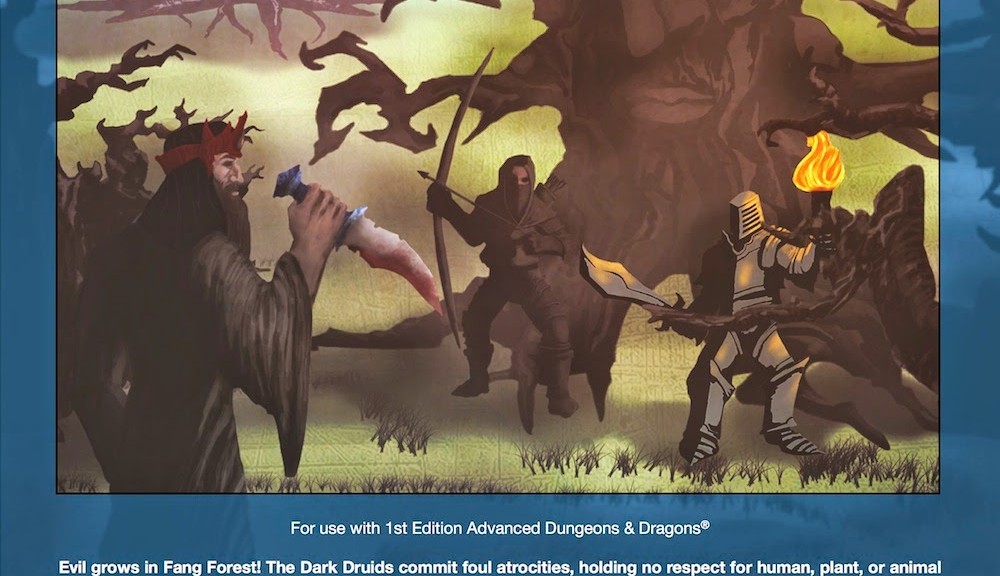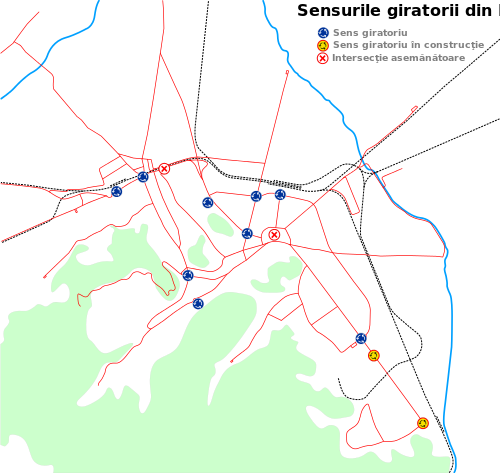There are tons of types of geographical features. I ran across a link that uses pictures to group geographical descriptions, but it uses pictures, so there is no easy cut & paste of the text. I have typed up all the descriptions used and put them at the end of this article.
Still, I find Useful Geographical Descriptions For Writers helpful. I saved all the pictures to my computer, in case this link goes dead. I’m a bit of a writer, I have a nearly done first draft of a novel, and DM’s/GM’s are always looking for things to spice up their descriptions. There are some pretty crazy geographical types, like different types of lakes or caves.
When building your world, some fantastic ideas just might be fueled by reality.
Meadows and Grasslands
Steppe – extensive area of treeless grassland with short grasses and less rainfall than a prairie
veld, veldt – steppe with scattered trees and shrubs (especially in Africa
tundra – extensive northern (arctic) treeless plain with mucky soil
sward – green tract of grassland or turf
lea, mead – grassland for grazing or hay
fell – high moor or barren field
moor, moorland – a tract of open, peaty, wasteland, often overgrown with heath, common in high latitudes and altitudes where drainage is poor
barrens – scruby, uncultivated ground, or land along a lagoon covered by high water
heath – an area of open uncultivated land, esp. in Britain, with characteristic vegetation of heather, gorse, and coarse grasses
croft – yard or field used as a household kitchen garden or for a few farm animals
paddock – a small field or enclosure where horses are kept or exercised
boondocks – an uninhabited area with thick natural vegetation, as a backwoods or marsh
Hill, Mountains, and Valleys
knoll, hillock, barrow (British) – small and rounded hill
downs – rolling grassy upland with few trees
plateau – extensive flat-topped land elevation that rises steeply on at least one side
mesa, butte – isolated steep hill or small mountain
pike, peak, summit – top of a mountain
glacial horn, horn of the mountain, pyramidal peak – an angular, sharply-pointed mountain peak which results from the cirque erosion due to multiple glaciers diverging from a central point
aerie, eyrie – elevated place
palisade, palisades – cliff formation or line of cliffs
dell, glen – small and nestled (usually wooded) valley
hollow, combe – deep and narrow valley
vale, dale – valley
scree – rocky debris on a mountain slope
fumarole – volcanic vapor hole
maar – Extinct volcano crater often containing a lake or marsh
Trees and Bushes
bower, bowery – leafy tree-enclosed nook or recess (also the nest of a bowerbird)
arbor – a leafy, shady recess formed by tree branches, usually manmade
grove – small group of grouping of trees (usually without undergrowth
weald – wooded or uncultivated country
timberland – land covered with timber-producing forests
thicket – cluster of shrubs or small trees
bosk (adj. bosky) – a small wood or thicket, especially of bushes
copse, grove – grove or thicket of small trees
coppice – a thicket or dense growth of small trees or bushes, esp. one regularly trimmed back to stumps so that a continual supply of small poles and firewood is obtained; copse
underbrush, undergrowth – shrubs, saplings, low vines, etc., growing under the large trees in a wood or forest
canebrake – thicket of cane
deciduous – describing a tree or forest with foliage that falls off annually
bough – a branch of a tree, especially of the larger or main branches
hinterland – the remote parts of a country, or back country
Deserts and Miscellaneous
sand dunes, dunes – a mound or ridge of sand or other loose sediment formed by the wind, esp. on the sea coast of in a desert
playa – an area of flat, dried-up land, esp. a desert basin from which water evaporates quickly
arroyo – a dry desert gully
hogback – an eroded, steeply tilted ridge of resistant rocks with equal slopes on the sides
hoodoo – a column or pillar of bizarre shape caused by differential erosion on rocks of different hardness
chaparral – vegetation consisting chiefly of tangled shrubs and thorny bushes
karst – landscape underlain by limestone that has been eroded by dissolution, producing ridges, towers, fissures, sinkholes, and other characteristic land forms
salt flats, salt pans – flat expanses of ground covered with salt and other minerals, usually shining white under the sun
oasis, watering hole, spring – a fertile spot in a desert where water is found
seep – a place where petroleum or water oozes slowly out of the ground
tar pit – a hollow in which natural tar [asphalt] accumulates by seepage
Rivers, Oceans, and Wetlands
Watersmeet – junction of two rivers
headwaters – river’s upper tributaries
ford – shallow area of water that can be waded across
levee – a ridge of sediment deposited naturally alongside o river by overflowing water, or an embankment built to prevent the overflow of a river
delta – river mouth’s often fan-shaped sedimentary plain
estuary, frith – sea’s juncture with a river’s mouth
strait – connecting passage between two large bodies of water
riverain – pertaining to or like a riverbank
sandspit – small jutting of sand or gravel at water’s edge
lagoon – shallow pond near a body of water
tarn – small mountain lake with steep banks
millpond – a pond for supplying water to drive a mill wheel
loch – a lake or partially landlocked or protected bay
mere – (British) a lake or pond
sluice, sluiceway – an artificial channel for conducting water, often fitted with a gate (sluice gate) at the upper end for regulating the flow
narrows, straits, channel – a narrow channel connecting two larger areas of water
gulf – extensive sea inlet
fjord – sea inlet that is narrow and has steep sides or cliffs
cay, key – low coral island or visible reef
atoll – ring-like coral island or reef surrounding a lagoon
shingle – pebbled or stony beach
shoal – shallow place in a sea or river
eddy – small whirlpool
bog, fen – tract of low and wet spongy ground
tideland – low land subject to flood tides
tide flat – flat and usually muddy tideland
bracken – rough or marshy tract of land with one kind of vegetation (shrubs or ferns)
swale – moist low-lying land (usually pineland)
causeway – raised path or road across water or a marsh
cape – land formation jutting into the sea or other large body of water
headland,promontory – elevated land area juttying over the sea or other large body of water
floe – sheet of floating ice
hoarfrost, hoar – frost (Middle-English)
rime, rime ice – an opaque coating of tiny, white, granular ice particles most commonly seen on tree branches
snowdrift, snowbank – a mound or bank of snow driven together by the wind
permafrost – (in arctic or subarctic regions) perennially frozen subsoil
sleet – ice pellets created by the freezing of rain as it falls (distinguished from hail)
Caves, Cliffs, and Rocks
grotto, cavern, hollow – underground or rock-walled chamber
stalactite, dripstone – icicle-like formation hanging in a cave
stalagmite – icicle-like formation on the floor of a cave
flowstone – rock deposited as a thin sheet by precipitation from flowing water
bluff, precipice – a cliff, headland, or hill with a broad, steep face
crag – a steep, rugged rock; rough, broken, projecting part of a rock
scarp – a line of cliffs formed by the faulting or fracturing of the earth’s crust; an escarpment
rocky outcrop – part of a rock formation or mineral vein that appears at the surface of the earth
bedrock – unbroken solid rock, overlaid in most places by soil or rock fragments
rubble – broken bits and pieces of rock, through demolition, quarry, or natural processes
scree – a steep mass of detritus (or rubble) on the side of a mountain
slag – coal waste or waste obtained from smelting ore
gulch, gully – a deep narrow ravine, a ditch or gutter
gorge – a narrow cleft with steep, rocky walls, especially one through which a stream runs.
crevasse – a fissure or deep cleft in the earth’s surface.
stack – a steep and often vertical column or columns of rock in the sear near a coast, formed by erosion
stone run – rock landform resulting from the erosion of particular rock varieties caused by myriad freezing-thawing cycles
inselberg, monadnock, kopje (Dutch), bornhardt – an isolated rock hill, knob, ridge, or small mountain that rises abruptly from a gently sloping or virtually level surrounding plain
promontory, headland (over water) – prominent mass of land that overlooks lower-lying land or a body of water
cenote – a natural pit, or sinkhole resulting from the collapse of limestone bedrock that exposes groundwater underneath
tor – a large, free-standing residual mass (rocky outcrop) that rises abruptly from the surrounding smooth and gentle slopes of a rounded hill summit or ridge crest

